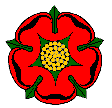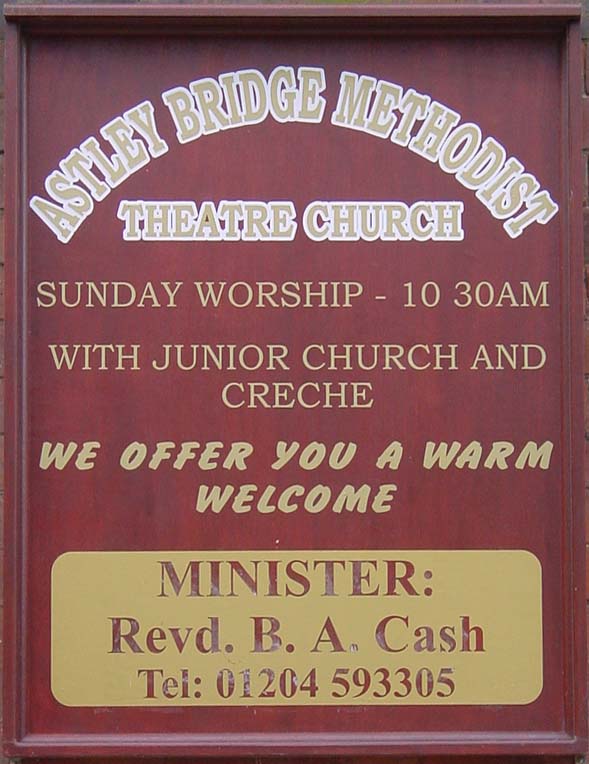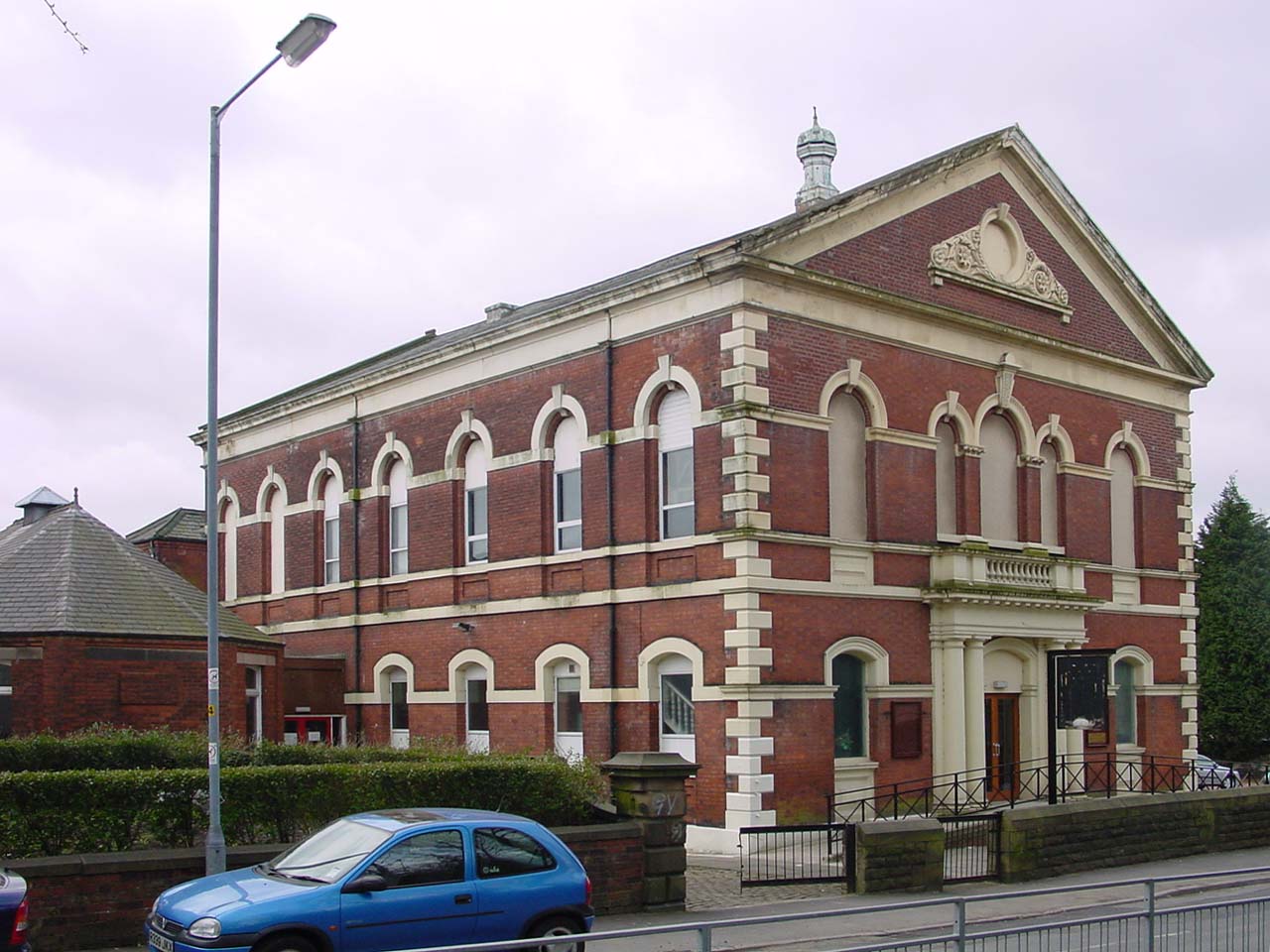 |
Astley Bridge Methodist, Astley Bridge |
 |
 | |
 | |
This church is now closed. The following notes are reproduced here by the kind permission of the Bolton News:
From The Bolton Journal and Guardian, Friday, July 2, 1937
More than any other part of the borough, Astley Bridge possessses certain distinctive characteristics – relics of the days when it was a village entirely separate from Bolton and with a communal life of its own. It has, for instance, never been completely incorporated in the borough and still possesses a separate rating fund.
There are people living to-day who can well remember the days when Astley Bridge was a semi-rural spot and when the road from the village to the Waterloo junction was bordered by hedges. That has changed and the visitor to Bolton to-day may be pardoned for not realizing that there is any distinction between Bolton and Astley Bridge.
Half a century and more ago, however, the difference would have been very noticeable, when easy communication had not made the village an integral part of Bolton proper. It is not surprising, therefore, that the village should have been a self-contained unit and should have resisted complete incorporation so much longer than other parts of the borough.
Nor is it surprising that the various denominations should have established themselves here at an early date and prospered. As has been stated in previous articles in this series, the Baptists have had a place of worship in Astley Bridge for over a century now, whilst St. Paul’s Church was built in 1847.
Astley Bridge was not behind in Methodism for the village appears on the first plan for the Bolton circuit which was issued in 1810 so that there must have been a meeting house, if only a small one, at that time and for some time previously. There were zealous Methodists in the village from the beginning of the century at least.
The early Methodists of Astley Bridge met in a cottage in Long-row, now Whitehill Cottages, where they had a school for seniors. It was owned by Mr. Robert Taylor, whose widow cut the first sod when building operations began on the site of the present church.
A house at Ash-grove was also used. This was later taken over by the Baptists, and afterwards by the congregation which moved to St. Paul’s Church, Astley Bridge. There were many difficulties to be faced, and a century ago the cause had a set-back when for two years, from 1836 to 1838, the district did not appear on the plan of the Bolton circuit.
A small band of Methodists still remained, however, and what they lacked in numerical strength they made up for in enthusiasm. It was not long before they again had a meeting house of their own. This time it was at a cottage at Sharples, whence they moved to another cottage in Kelly-row.
Gradually the numbers increased and slowly but surely the financial position of the Astley Bridge Methodists became more sound. By the middle of the century they had not only recovered from their early set-back, but had made so much progress that they were in a position to re-purchase the house in Ash-grove, where they had had a Sunday school.
From this point onwards the Astley Bridge Methodists did not look back, and for 15 years a useful work was done at the Ash-grove School. It was a period of consolidation and expansion, and during that time the numbers so increased that it was soon impossible to accommodate all the scholars and worshippers in the small meeting-house. More room was needed, and the problem of how to meet this need exercised the minds of the congregation for some time. Finally, it was decided, in 1867, to build a chapel.
A site was secured in Seymour-rd., and building was commenced that year and finished the next. The opening services were held on April 22nd, 1868, the preacher being the Rev. J. Rattenbury, a leading Wesleyan Methodist minister of his day. Any fears that the leaders might have had as to the success of the scheme were set at rest by the large congregations which filled the church and by the fact that the collections for the day amounted to £104. The cost of the chapel was in the neighbourhood of £4,500.
The plans were drawn by Mr. George Woodhouse, the Bolton architect, who designed so many of the town’s buildings at this time and who has left his mark on the architecture of Bolton.
The chapel is in the Italian style and is 56ft. long by 49 ft. wide with vestry accommodation at the back. The principal entrance is by a portico at the north end. Stone is introduced into the front elevation, but otherwise the building is of brick. It is simply designed and typical of the Methodist churches of the time.
Inside there is a gallery with a semi-circular sweep which takes up two sides and the front.
Since the chapel was erected the nature of Astley Bridge has altered, and Seymour-rd. is now in the midst of a thickly populated area whose spiritual needs it helps to serve. It is in the Bridge-St. Circuit.
| Bolton Home & Contents | ©Lancashire OnLine Parish Clerks | Lancashire Home |